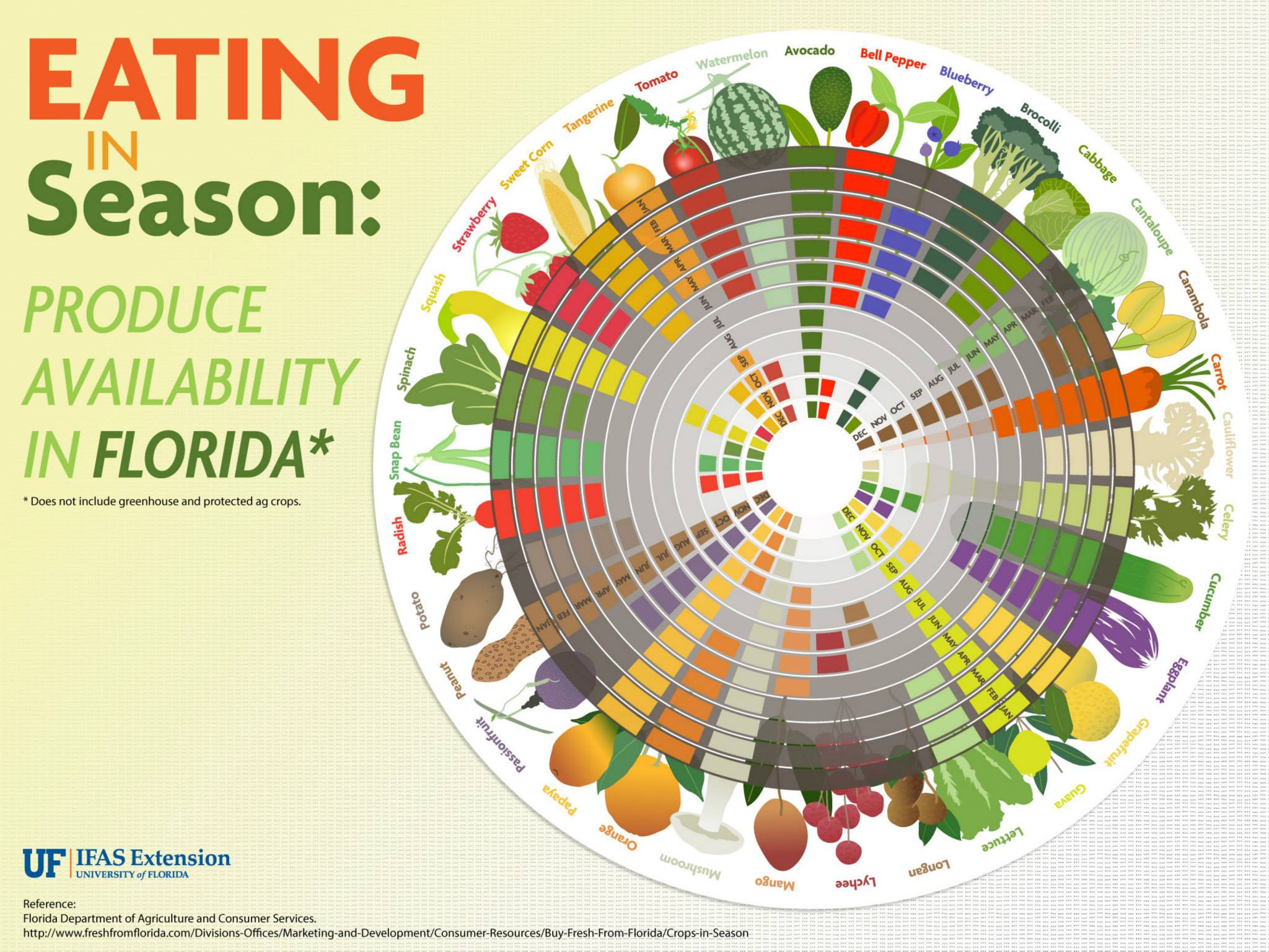By Lakisha Crumpler
However your table looks this year, the UF/IFAS Extension Family Nutrition Program has five tips for a healthy and budget-friendly holiday meal.
1. Plan, plan, plan
Planning is the key to success, and the first step is deciding on a budget. Once you’ve set your spending limit, it is important to stick to it.
2. Review grocery sales flyers and consider produce that’s in-season
If you know what products are on sale and which fresh produce is in season, you can build your menu around that information.

3. Determine your menu and guest list, then prepare your shopping list
Think about the items that you and your family enjoy. Based on sale items and seasonal produce, make a list of foods that you would like to prepare. The list may include appetizers, soup, salad, entrée, side items and dessert. Recipe ideas are abundant online, but the UF/IFAS Extension FNP website is one location for many tasty and healthy recipes you could consider: familynutritionprogram.org/recipes.
After you prepare your menu, think about how many people will attend your holiday gathering. This will determine the number of servings and the amount of food you should purchase.
4. Check your pantry
Your pantry may already contain some needed items. Look there first and check those off your shopping list.
5. Look for more money-saving opportunities
The goal once you arrive at the grocery store is to stick to the shopping list. Check unit prices for the best deals. Located on the price tag, unit price provides the cost of the food item in ounces or pounds. If you have coupons for planned shopping items, pair them with sale items for additional cost savings.
Additional resources:
choosemyplate.gov/eathealthy/budget/budget-cooking
choosemyplate.gov/eathealthy/budget/budget-price-tag
Lakisha Crumpler is a registered dietitian and youth programs specialist with the UF/IFAS Extension Family Nutrition Program.
The UF/IFAS Extension Family Nutrition Program (FNP) has provided free nutrition education to SNAP-eligible people in Florida since 1996. The program focuses on eating healthy on a budget and being more physically active to reduce the risk of obesity and chronic disease. FNP also provides free resources for local organizations to support and promote healthy eating and physical activity in our communities. Funding comes from the USDA’s Supplemental Nutrition Assistance Program – SNAP, through the Florida Department of Children and Families.
 0
0
